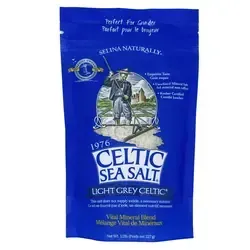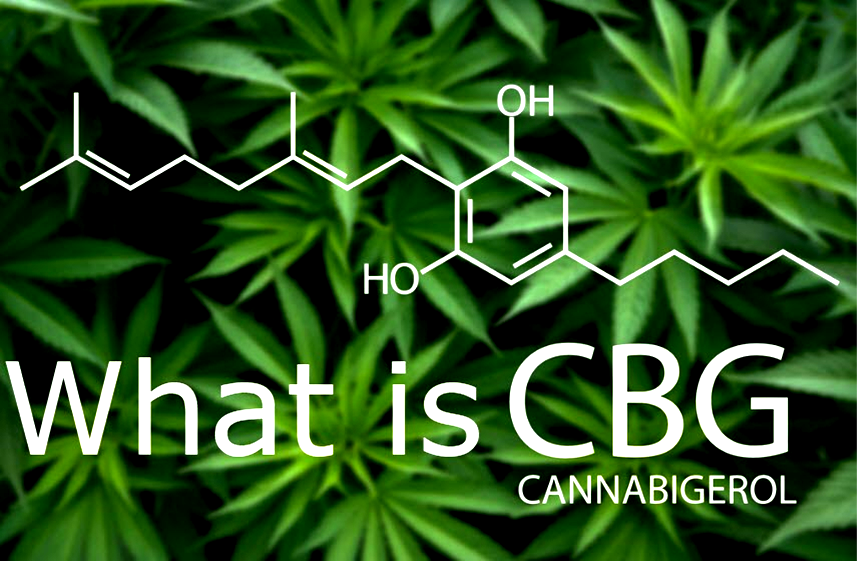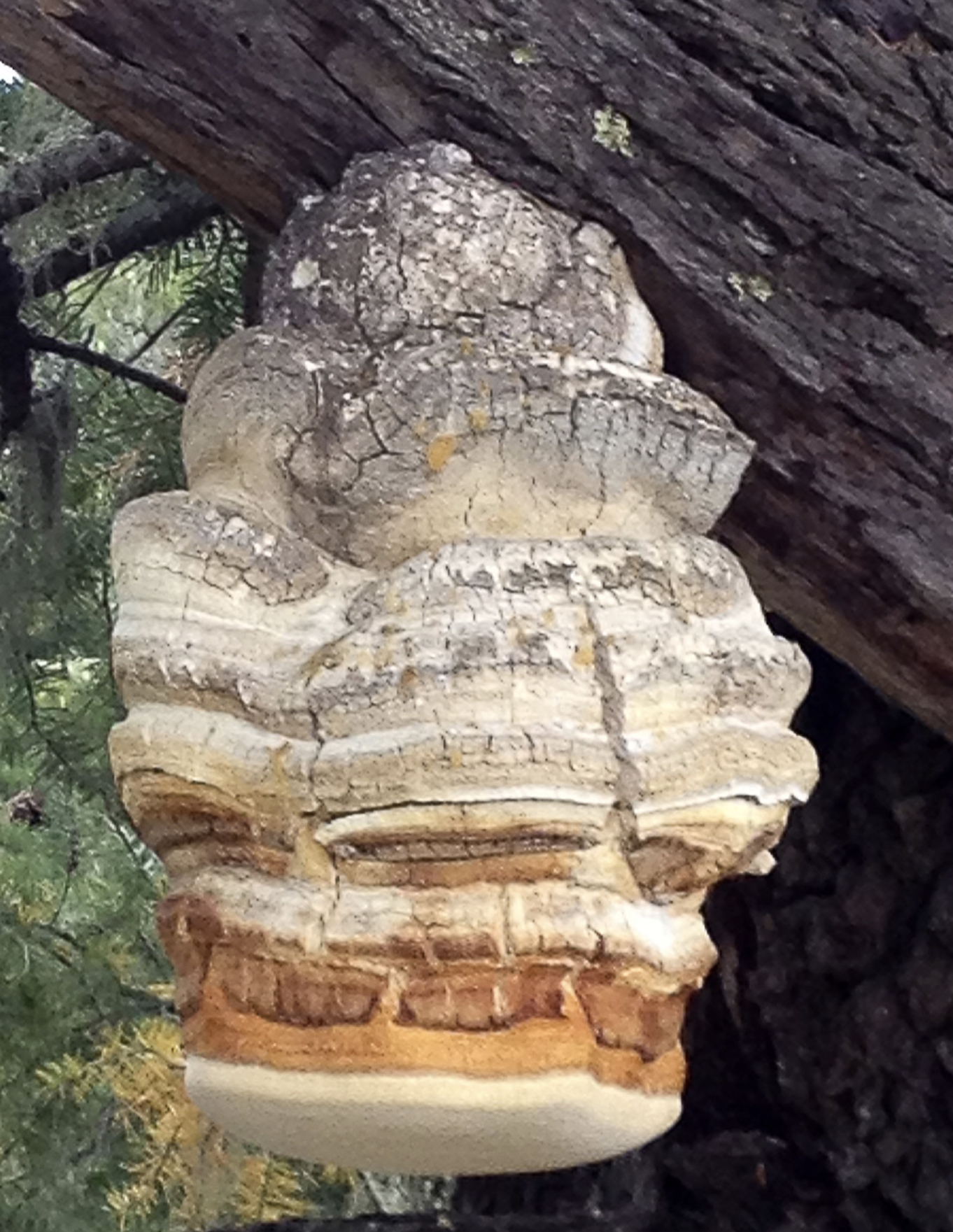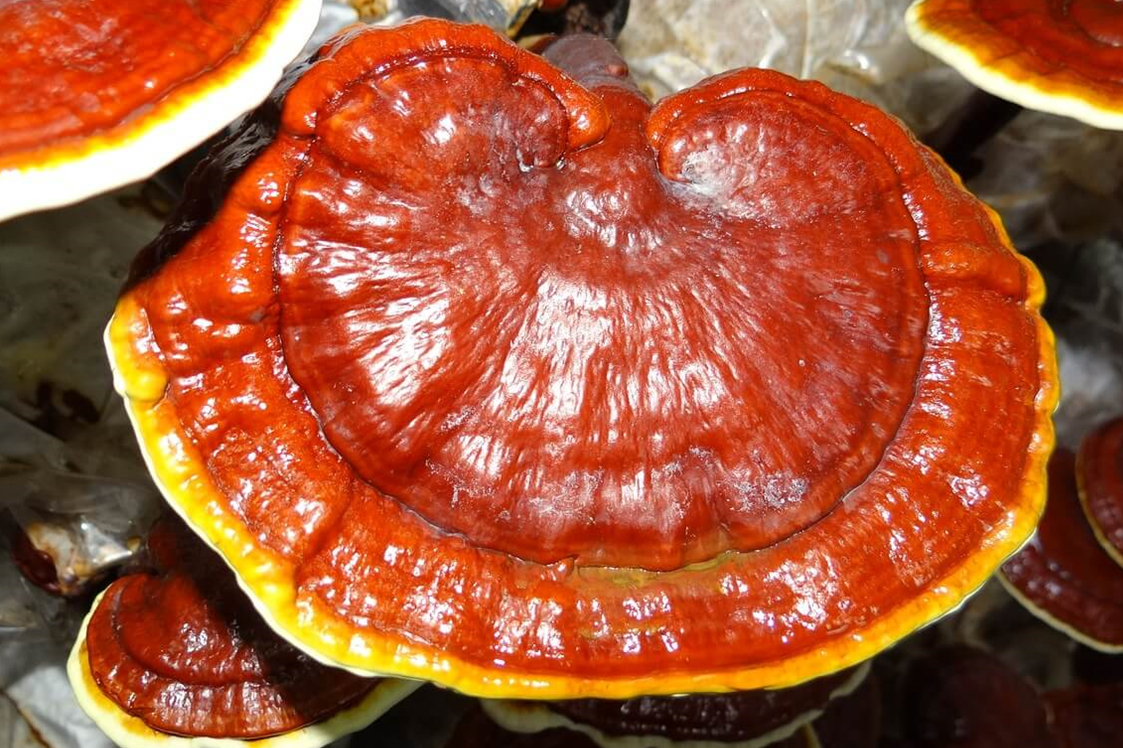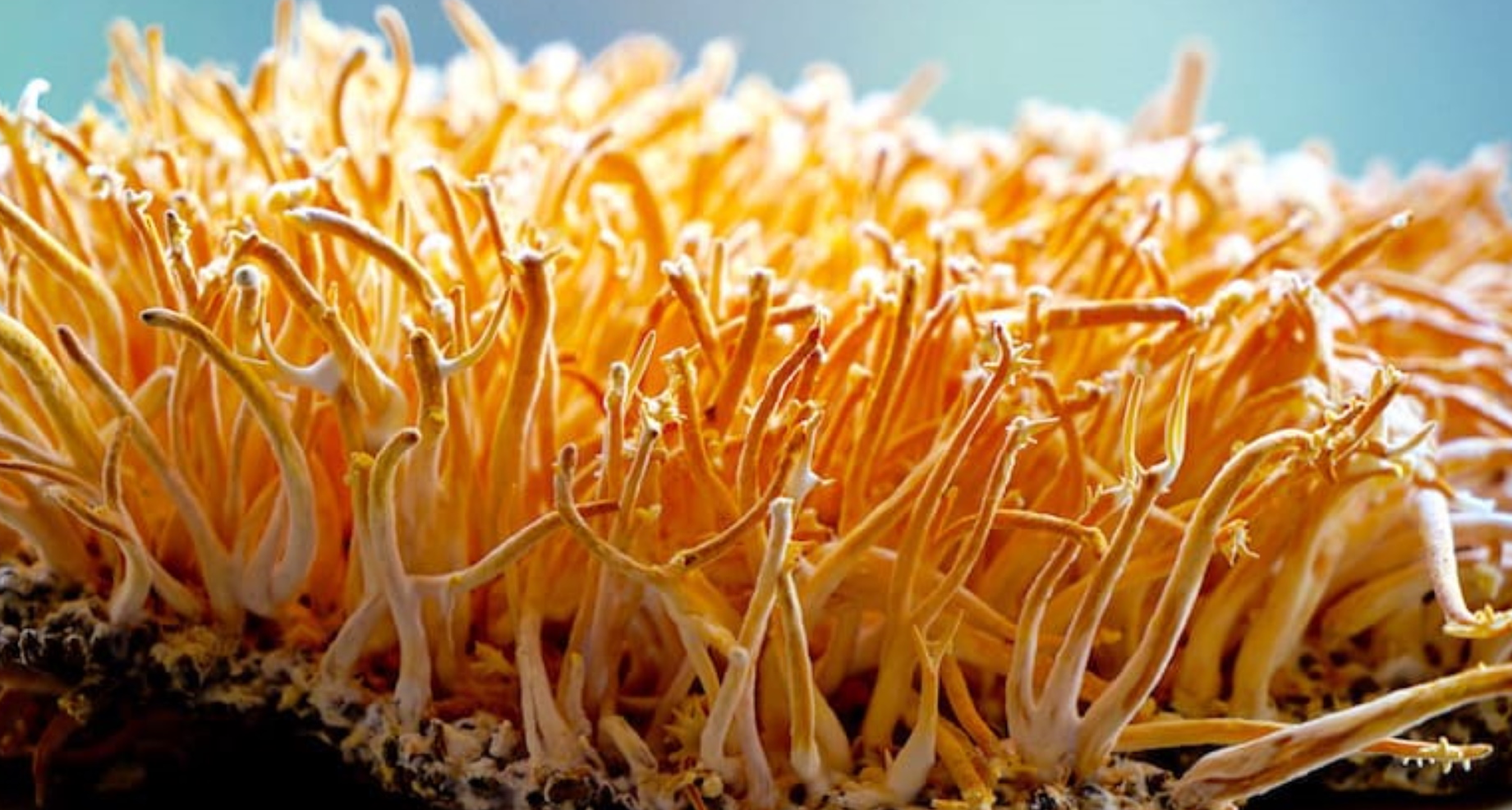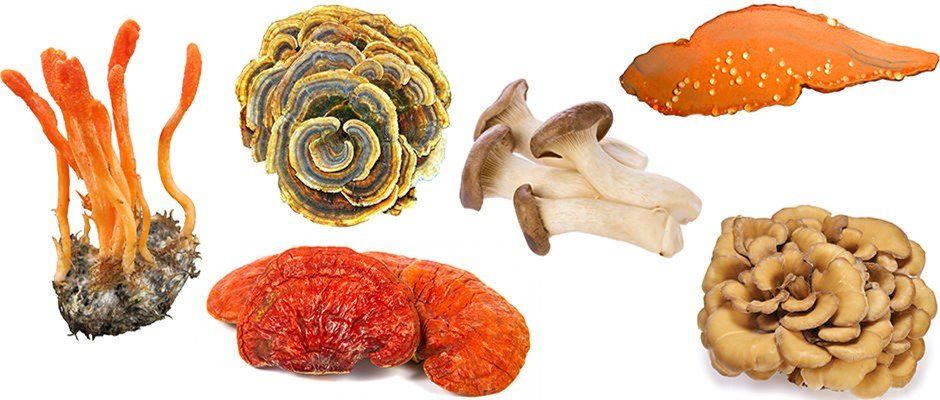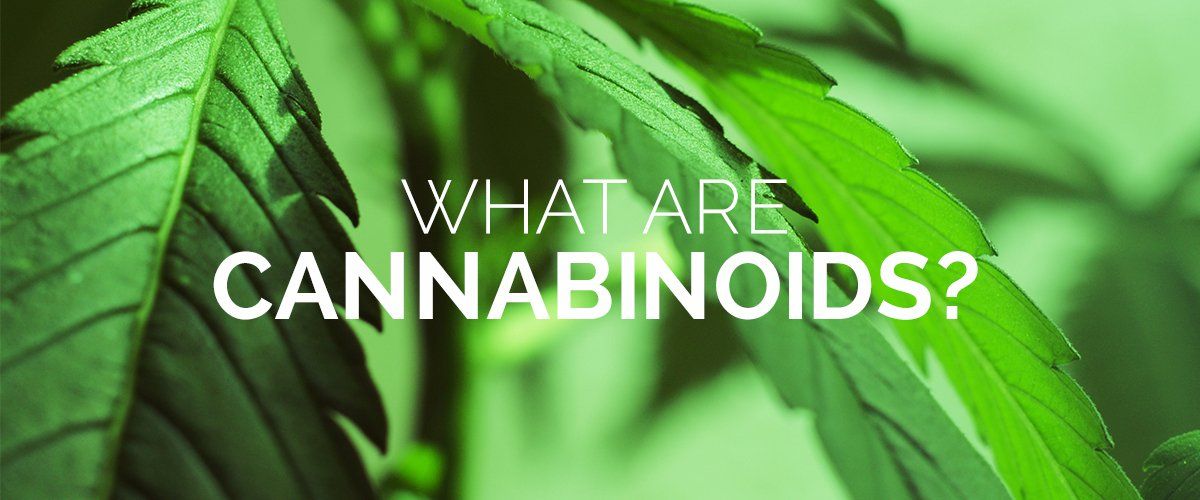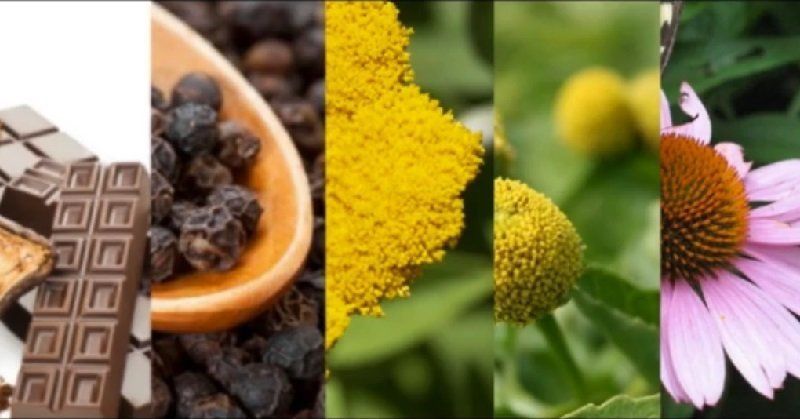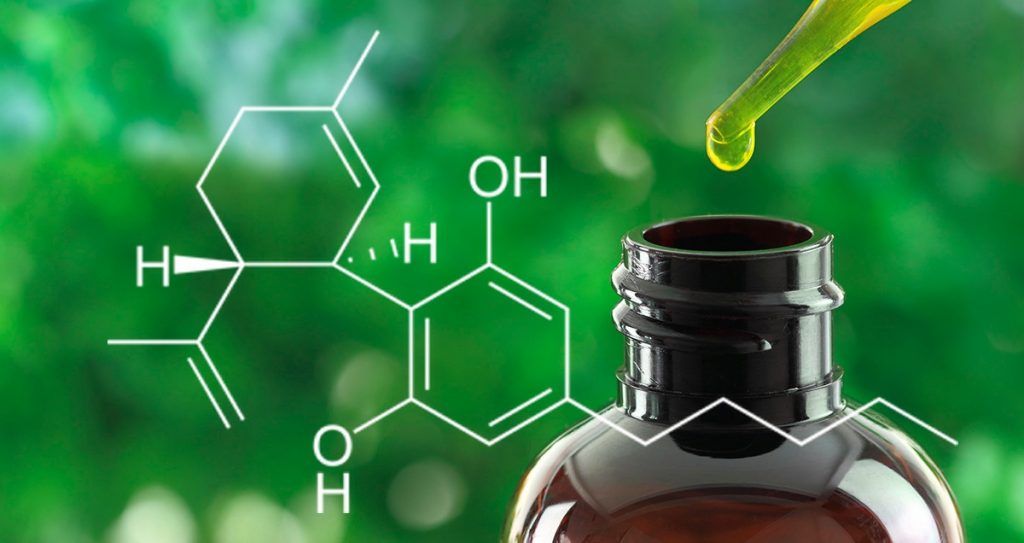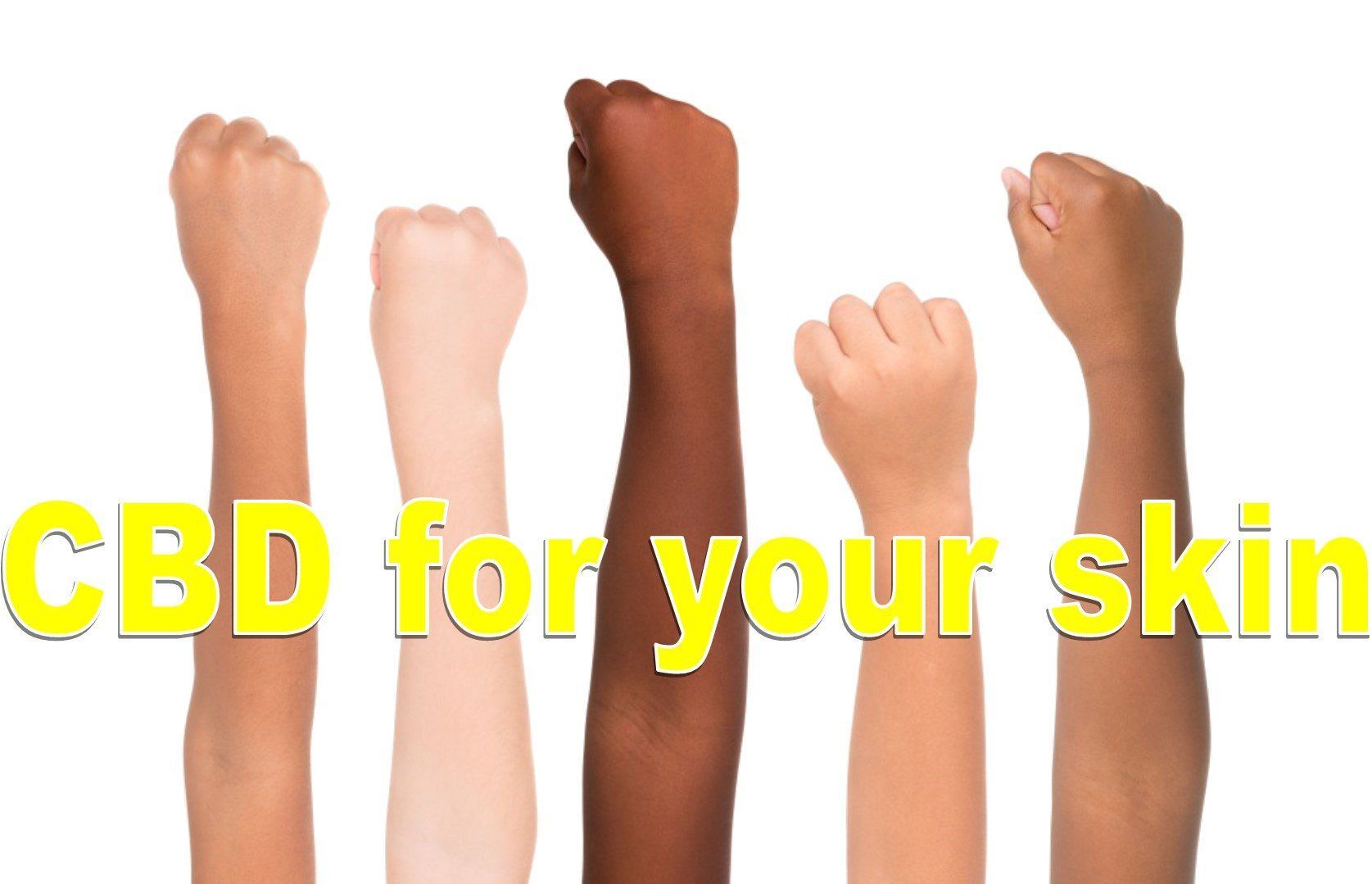Cannabinoid Receptors
Understanding the difference between CB1 & CB2 receptors
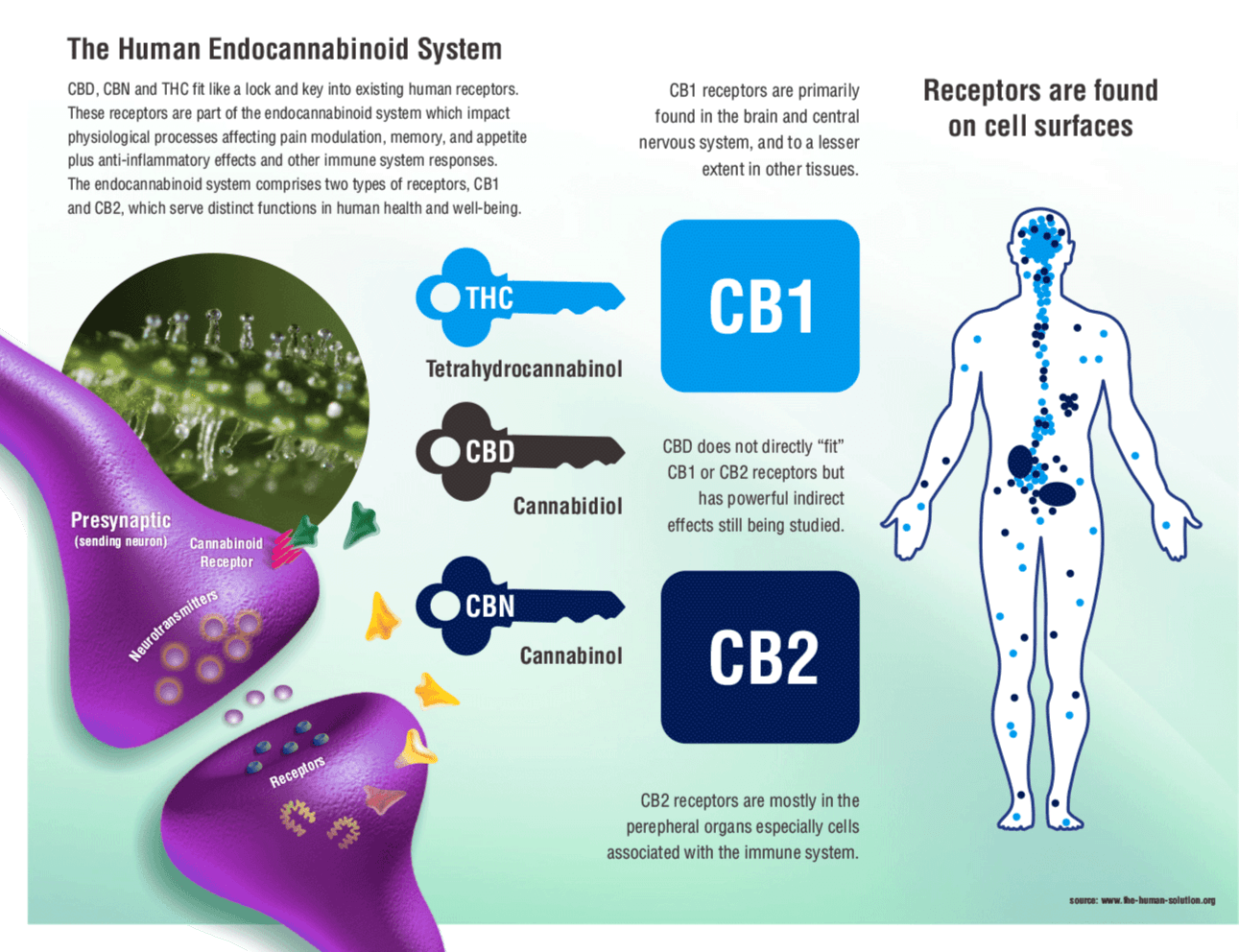
I could absolutely talk for days about the Endocannabinoid System, but in this post we will focus on Cannabinoid Receptors CB1 and CB2.
To fully understand these 2 receptors, we first need to review the Endocannabinoid System (ECS). Discovered in the 1980's, the ECS is responsible for homeostasis and is one of the body's largest neurotransmitter networks. Homeostasis is systematic balance in the body despite changes in the external environment, and the ECS is constantly working to achieve it. The discovery of the ECS shows us that our bodies are programmed to accept and process cannabis in our bodies.
I will break these down & go into more detail in a future post, but there are 3 distinct types of cannabinoids:
- Endocannabinoids - Endogenous cannabinoids made & released in the ECS. These are neurotransmitters that break down quickly in the body and many people are found to have clinical Endocannabinoid Deficiency & thus the ECS needs to be supplemented.
- Phytocannabinoids - These are cannabinoids found in plants. Hemp and cannabis are rich in cannabinoids, but there are other plants with various sources of cannabinoids.
- Synthetic cannabinoids - Synthetic (lab created) compounds whose properties imitate the active compounds in cannabis. As we have seen with compounds such as K2 & Spice , these synthetic cannabinoids that can be up to 600 times more powerful than THC & can be very very dangerous.
My favorite piece of information about our Endocannabinoids, Anandamide and 2AG, is how Anandamide was named. Anandamide is the Sanskrit word for
Bliss.
I love that because that is exactly how people describe the feeling to me (and how I feel now that I have CBD in my life) when they have struggled for so long with anxiety, pain, disease, etc. That's what our bodies are literally designed and programmed to do... keep balance in our body and create a sense of well being.
So, that said, let's break down the different cannabinoid receptors in our bodies shall we? CB receptors are found on nearly every cell type in the body & are protein molecules that receive chemical signals from outside the cell. They far outnumber any other receptor found in the brain.
- CB1 Receptor : If you look to the diagram above, you will see a representation of the CB1 receptors in light blue. CB1 receptors are found on the cells of the central nervous system, reproductive system, connective tissues, and organs. Our natural endocannabinoid Anandamide & THC directly binds to this receptor creating the psychoactive effect.
- CB2 Receptor : Represented in dark blue on the diagram, CB2 receptors are found primarily on the cells of the immune system with a heavy concentration in the spleen and gastrointestinal system. CB2 receptors bind best with our natural endocannabinoid 2AG as well as CBD.
The different binding mechanisms of these 2 receptor types is the reason you hear a lot about the
Entourage Effect, which is all of the cannabinoids in the plant (especially CBD & THC) working symbiotically in the body to give users relief from so many different ailments. I will go into more detail on the
Entourage Effect in a future post.
The best way to understand the way phytocannabinoids work with their receptors is to imagine a lock and key. When you consume cannabinoids (the "keys") they flood into your body in search of receptors (the "locks"). When they find their target, the result is a chemical message being sent to the rest of your body stimulating the release of your own endocannabinoids. As I mentioned earlier, our own endocannabinoids are constantly maintaining balance in our bodies, and when our body is not producing endocannabinoids efficiently then phytocannabinoids can "unlock" the system and help restore balance.
I could talk for days about this subject and not even scratch the surface of the vast information that there is to learn from it, but hopefully this clears up the muddy waters a bit for you.

